Categories
- Iridology Software FQA (4)
- Iridology Iris Diagnosis (2)
- Iridology (39)
- Case Analysis (0)
- BLOG (29)
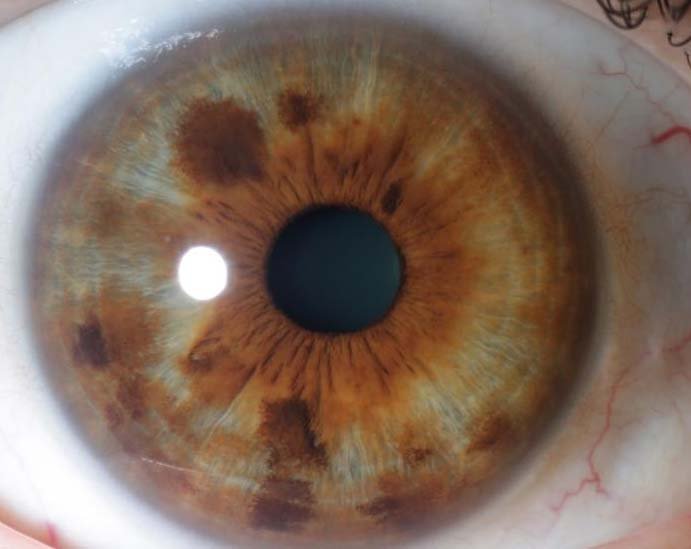
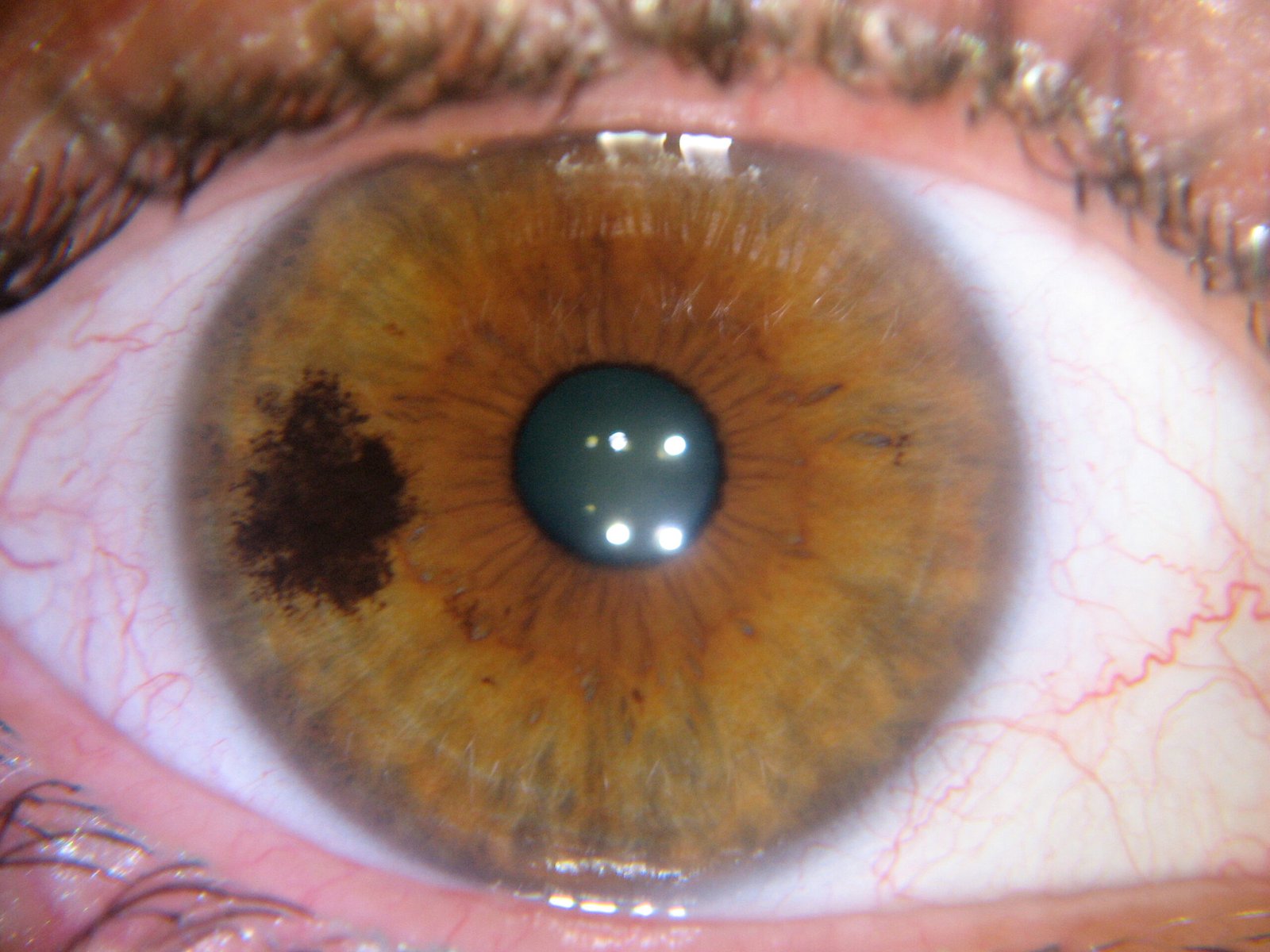
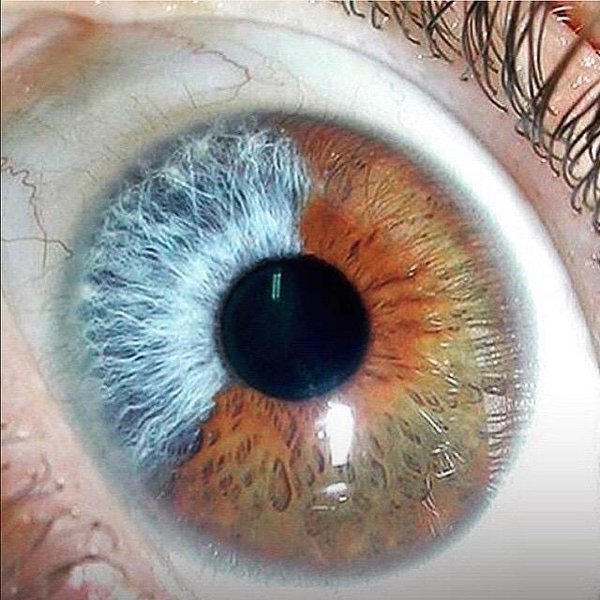
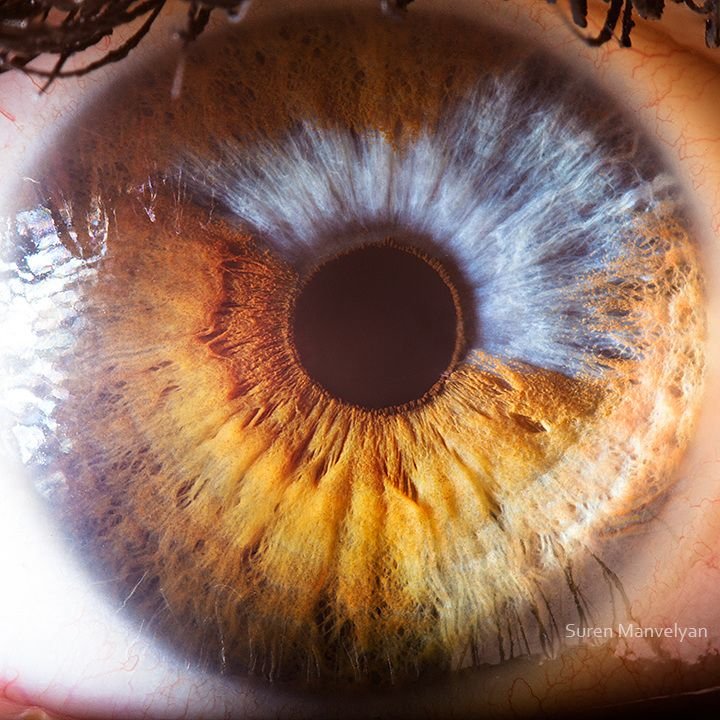
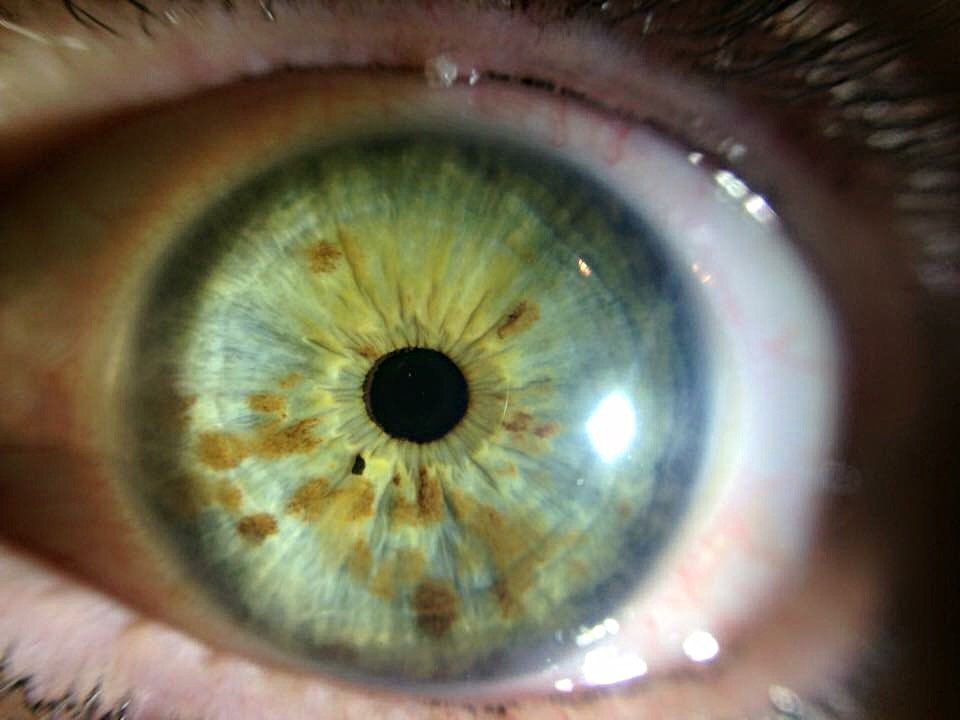
Pigments play essential role in human body. evenly distributed across various tissues, helpe to maintain integrity body’s coloration. However, when body is under stress or in weakened state, pigment production and metabolism disrupted. This can result in pigment deposits on organs or even on skin. In iridology, pigment spots on iris seen reflection underlye health issues, include genetic predispositions or toxin accumulation in body.
Pigment deposits on iris can vary in size, location, and color, each which holds different implications organs’ functions. These deposits often represent either genetic factors or body’s difficulty in eliminate accumulated toxins. may also reflect long-term medication use, environmental pollution, or chronic stress, all which can influence iris’s appearance.
Color Pigment Spots:
Location Pigment Spots:
Size and Number Pigment Spots:
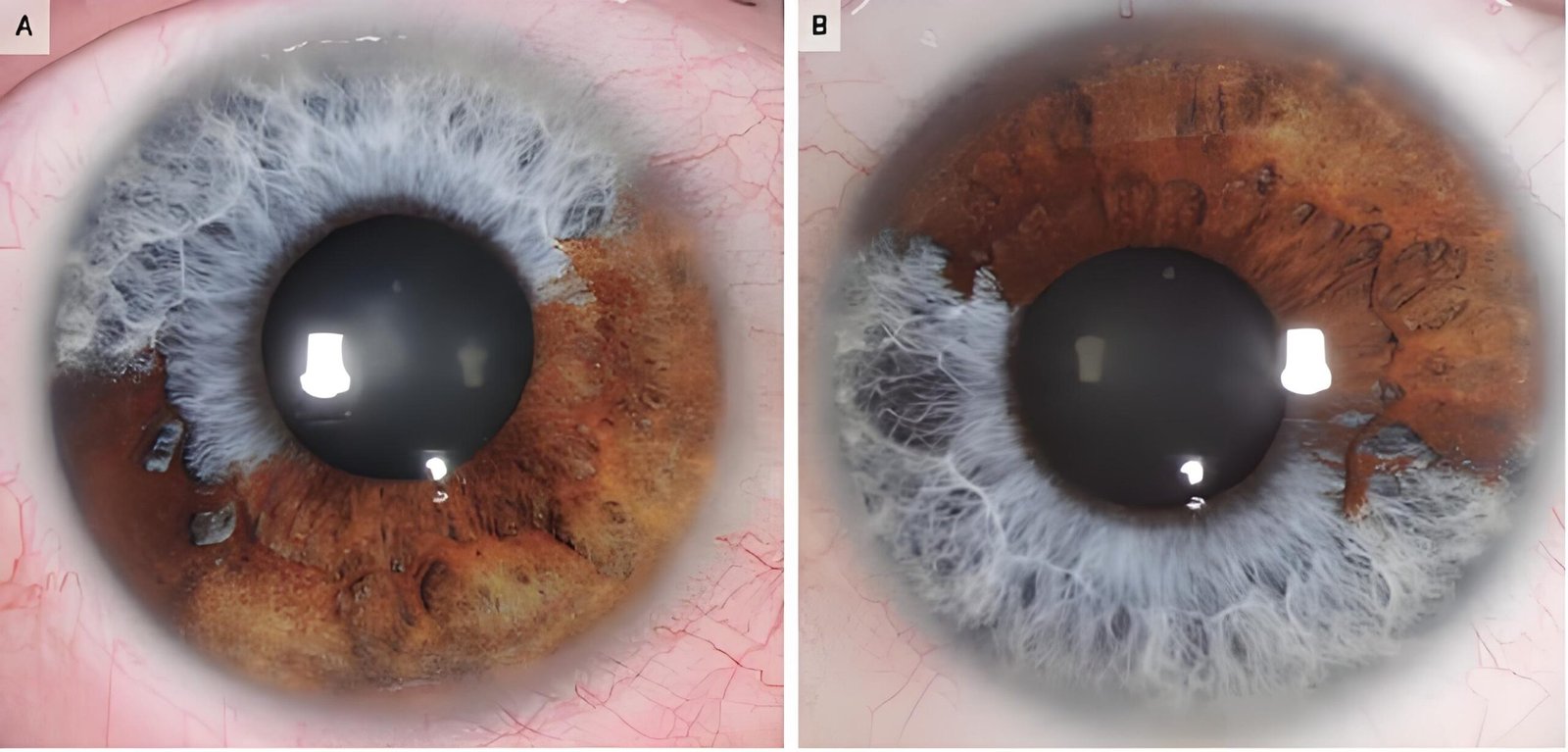
| Type Pigment Spot | Description | Potential Health Implications |
|---|---|---|
| Dark Spots | Usually black or deep brown in color. | Indicative chronic health issues, toxin accumulation, or long-term organ dysfunction. |
| Light Spots | Yellow, light brown, or even white spots. | Recent toxicity or temporary dysfunction, possible mild inflammation or stress-induced imbalance. |
| Clusters Spots | Multiple spots concentrated in one area. | Systemic toxicity, widespread inflammation, or chronic organ problems such impaired metabolism or immune system function. |
| Localized Pigment Spots | Small, isolated spots in specific reflex zones. | Likely represents local dysfunction or minor imbalance in corresponde organ or system. |
| White Spots | White or pale spots in iris. | Can indicate nutritional deficiencies, low energy, or impaired detoxification processes. |
| Blue or Green Spots | Bluish or greenish hue. | Potential link to liver issues, bile duct dysfunction, or poor circulation in body. |
Toxin Accumulation: Pigment spots on iris often associated with body’s inability to properly detoxify. toxins accumulate, may be reflected on iris pigment spots, indicate need improved detoxification methods, such better nutrition, hydration, or lifestyle changes.
Chronic Medications and Environmental Pollution: Long-term medication use, particularly antibiotics, steroids, or other heavy medications, can contribute to toxin buildup in body, reflected in pigment changes on iris. Similarly, environmental pollution can lead to systemic imbalances and manifest pigment spots in iris.
Organ Function Decline: with high concentrations pigment spots often point to specific organs that under stress or face metabolic issues. example, dark brown or black pigment spots near liver area iris may indicate liver toxicity or circulatory issues.

| Expert | Comment |
|---|---|
| Dr. Michael Stevens, Iridologist | “Pigment spots clear sign that body is struggle to eliminate toxins. darker spots, more chronic condition. Early intervention can prevent these imbalances from become severe.” |
| Dr. Emily Williams, Holistic Practitioner | “In my experience, pigment spots often appear in patients with autoimmune conditions or persistent inflammation. These spots warne signals future health decline unless addressed promptly.” |
| Dr. Sarah Jenkins, Integrative Medicine Expert | “When I see pigment spots, especially in concentrated areas, tells me body is overwhelmed with toxins or struggle with nutrient deficiencies. This can affect organ function and overall health.” |
Pigment spots on iris offer valuable insights into body’s toxic burden, organ function, and systemic imbalances. color, location, and size these spots can help identify chronic health conditions, warn upcome issues, and guide early intervention strategies. Dr. Michael Stevens notes, these pigment spots act warne system body’s underlye health status. By understande and addresse these signals, we can better manage our health and prevent future health concerns.
